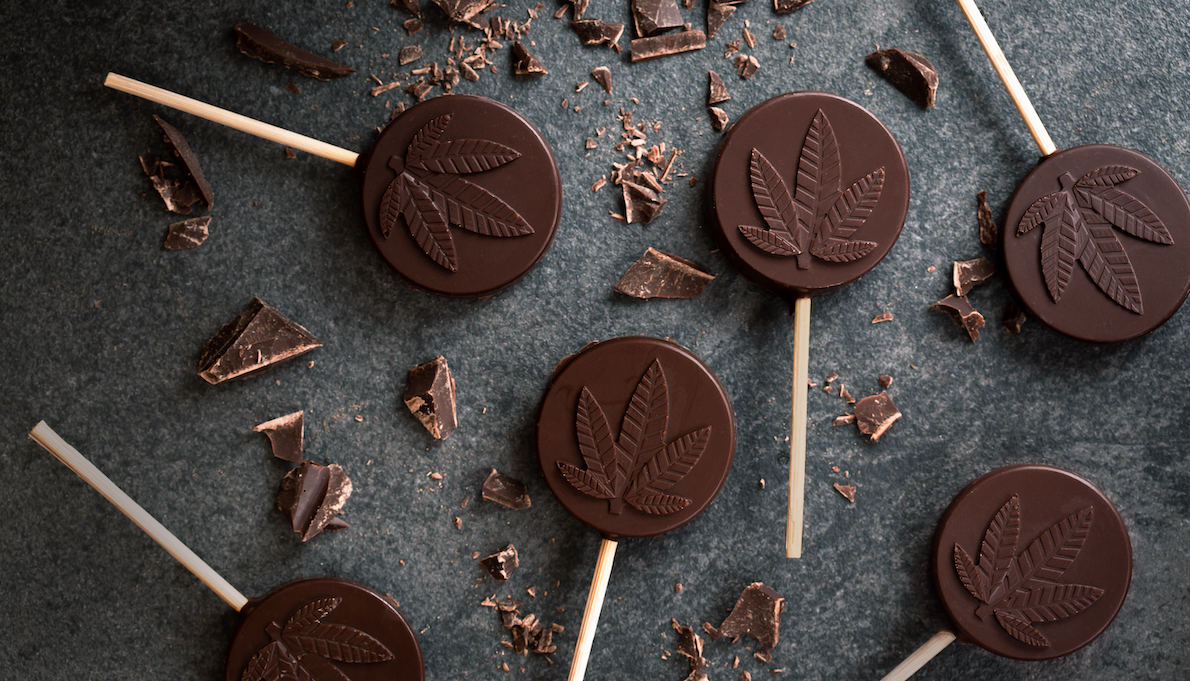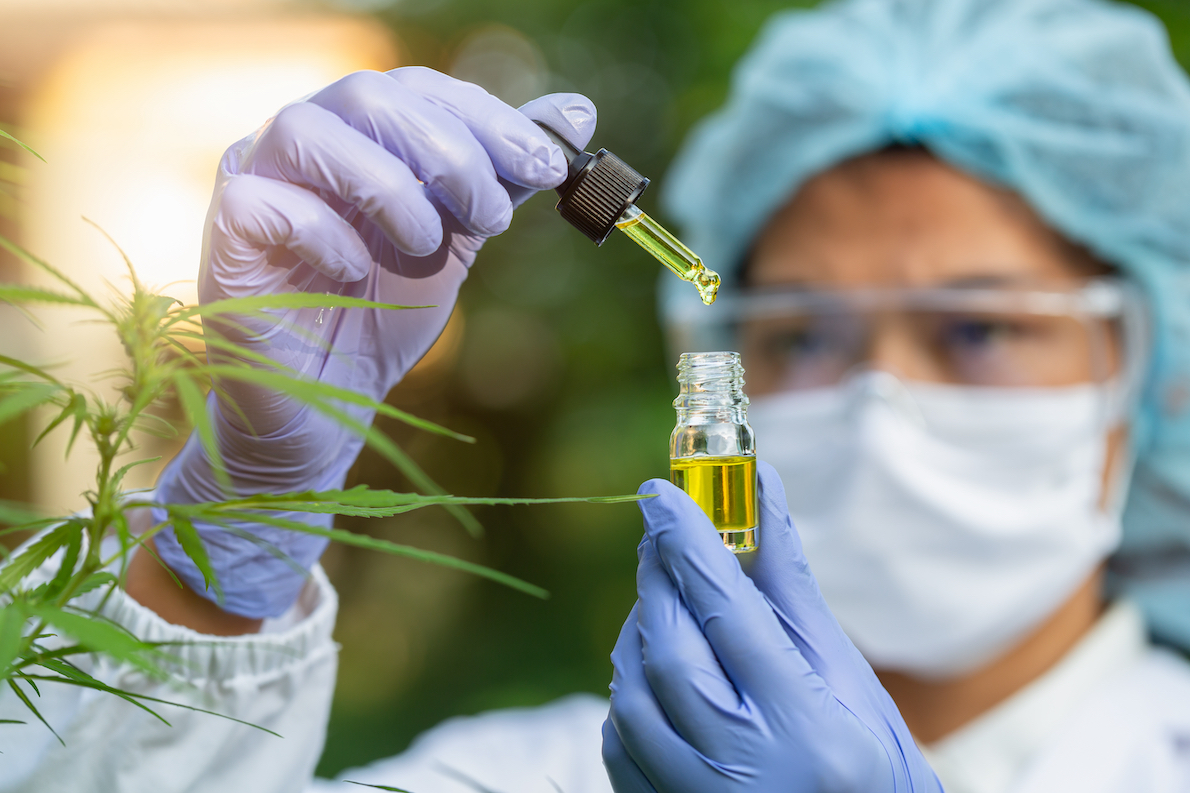Smoking hemp and eating hemp are two different methods of consuming this versatile plant. Both methods offer potential benefits, but they also have their own unique effects and considerations.

When it comes to smoking hemp, the most common method is to roll the dried hemp flowers into a joint or use a pipe or vaporizer. This method allows the user to inhale the hemp's active compounds, which are quickly absorbed into the bloodstream through the lungs. Smoking hemp provides fast-acting effects, which can be beneficial for those seeking immediate relief from symptoms such as pain or anxiety. However, smoking also poses potential risks to the respiratory system.
On the other hand, eating hemp can provide a longer-lasting and potentially more potent effect. Hemp seeds and hemp oil can be added to foods or taken orally in the form of capsules or tinctures. This method allows the active compounds in hemp to be absorbed through the digestive system and metabolized by the liver. As a result, the effects may take longer to be felt but can also last for a longer period of time. Eating hemp can provide a range of potential health benefits, including improved heart health and enhanced immune function.
Ultimately, the choice between smoking and eating hemp comes down to personal preference and individual needs. Those who are looking for fast-acting relief may prefer smoking, while those seeking longer-lasting effects may opt for edibles or other forms of ingestion. It's important to consult with a healthcare provider and do research on the potential risks and benefits of each method before making a decision.
What is Nano Infusion?
Nano infusion is a process that involves breaking down the active compounds in hemp, such as CBD and THC, into tiny particles called nanoparticles. This process is intended to increase the bioavailability of the hemp's active compounds, which refers to the amount of the compound that can be absorbed and used by the body.
Nano infusion is typically achieved through the use of specialized equipment and technology, such as ultrasonic waves or high-pressure homogenization. This process can make the active compounds in hemp more easily absorbed by the body, potentially leading to faster-acting and more potent effects.

Some research has suggested that nano-infused hemp products may have higher levels of bioavailability compared to non-nano infused products. However, more research is needed to fully understand the potential benefits and risks of this process. Nano-infused hemp products are not currently regulated by the Food and Drug Administration (FDA) in the United States. It is important to consult with a healthcare provider and do thorough research before using any nano-infused hemp products.
What should you expect when you eat an edible?
When someone consumes a hemp edible, the effects of the active compounds in marijuana, such as THC, may take longer to be felt compared to smoking or vaping marijuana. This time delay is due to the fact that the active compounds in marijuana must first be absorbed through the digestive system and metabolized by the liver before they can enter the bloodstream and produce their effects.
The exact time delay can vary depending on a number of factors, including the person's metabolism, the amount and type of marijuana consumed, and the specific product used. On average, it may take anywhere from 30 minutes to 2 hours for the effects of a marijuana edible to be felt.

It's important to note that the effects of a marijuana edible can also last longer than the effects of smoking or vaping marijuana. This means that the effects may not peak until several hours after ingestion, and the effects can potentially last for several hours or even a full day in some cases. This can make it difficult to determine the appropriate dose of a marijuana edible, and it can also increase the risk of accidentally consuming too much marijuana.

